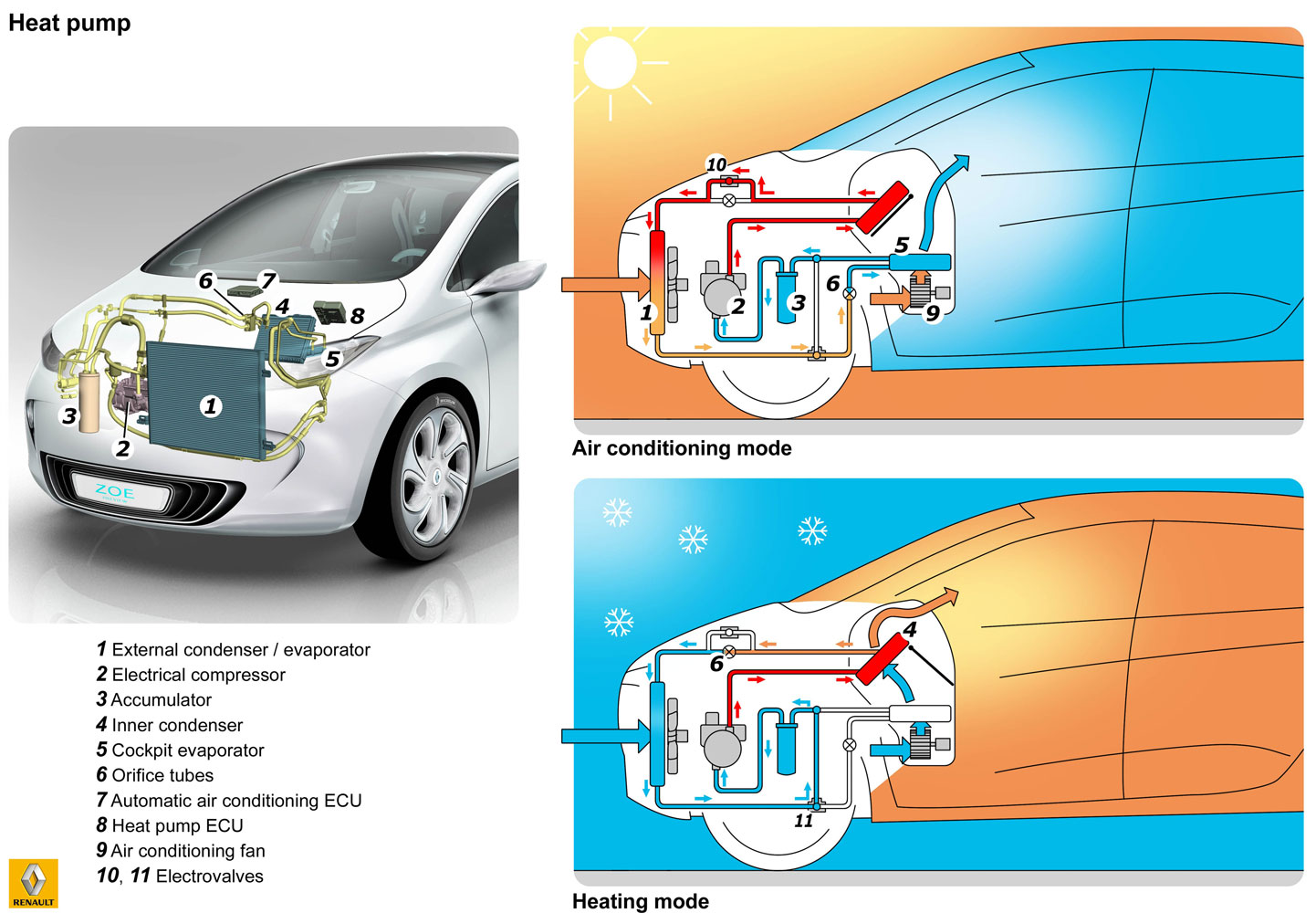Battery Charging Prediction Model revisited
A lot of debugging has been going on the Battery Charging Prediction. Next to the usual bug fixes, the number of minutes between each line is now dependent on the charging power of the chargepoint (i.e. 45 minutes per line for 3.7 kW, down to 6 minutes for 43 kW). Also, a column is added showing the expected real power intake, so you can not only made an educated guess about when you will have charged up to the range you need, but also when the battery starts throttling the charging power.
In the source code It has already moved from the experimental section to the technical section and we expect this to make the next release. We’d be very interested in your feedback. Please not that while the module might work for a Fluence or Kangoo Z.E., the predictions will probably be way off. We’ve only tested this on a Q210 so far.






